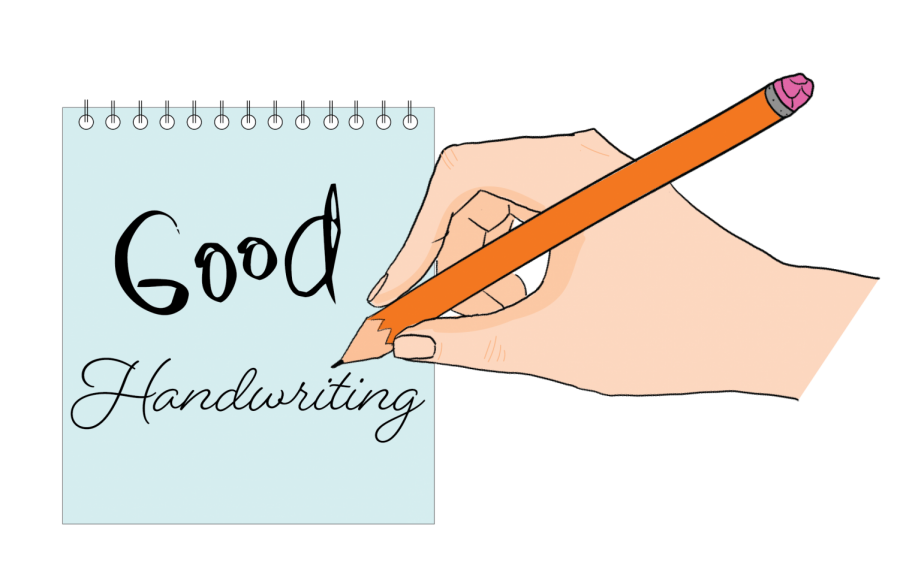Be write: importance of legible handwriting in working world
January 17, 2019
From chicken scratch to breath-taking cursive, to block letters and microscopic ones, handwriting is a common skill everyone must learn.
“Technology has always been changing how we present language. People like Socrates feared that moving from speaking to writing would have disastrous effects on our thinking,” SDSU English professor Nathan Serfling said. “Ironically, we only know about Socrates’ philosophy because his student, Plato, wrote about it.”
In order to convey correct meaning, legible handwriting is pertinent.
If improving your handwriting sparks an interest, here are some tips to help achieve the calligraphy goals you’ve always aspired toward.
Right surface writing
Be aware of the surface you’re writing on. Making sure there is a stable, hard surface underneath the paper compared to say, an unsteady limb like an arm or leg, can make all the difference in having better penmanship.
It is also important to have another piece of paper underneath the paper. The extra cushion makes a noticeable difference in how well the pen glides across the paper.
Watch your grip
Don’t grip the writing utensil you are using super hard. Having a relaxed grip will let your letters move more freely across a page and prevent finger or wrist aches.
In class, when a professor is talking quickly and you’re struggling to keep up, it may be hard to maintain a relaxed posture, but focus on not tightening your shoulders and keep the rest of your body relaxed. Make sure to have a steady surface to place your elbow so letters can have a definite and consistent shape to them.
Legible handwriting is important when writing a letter to a friend, taking notes in class or writing a prescription — like SDSU pharmacist Melanie Lunn does on a daily basis.
“If I have a script that comes into me, I have to handwrite it, and I always make sure that everything being written is very nice and neat,” Lunn said. “Otherwise I will scribble it out and rewrite everything.”
Use worksheets
Going old-school and turning to worksheets is never a bad idea when it comes to improving your handwriting. They can be helpful way when learning how to master the flow of writing your letters the exact same each time your pen touches paper.
Try different angles
Instead of just horizontal writing, twist a piece of paper so that it is facing sideways, turn your hand with the paper but keep your body and head facing forward and begin to write.
Writing from a different angle not only allows your hand to get a different grip on your pen, but it also allows gravity to create more elegant or even stiff shapes of letters.






















